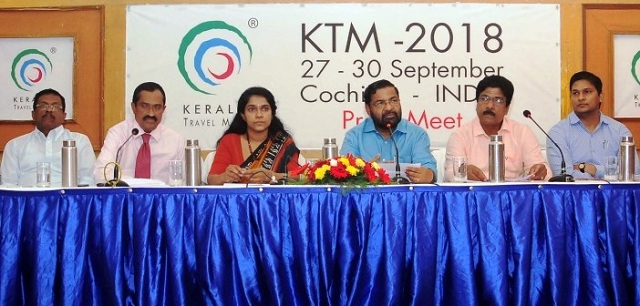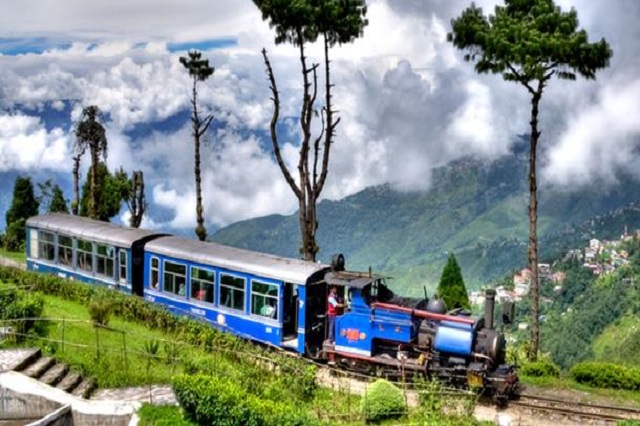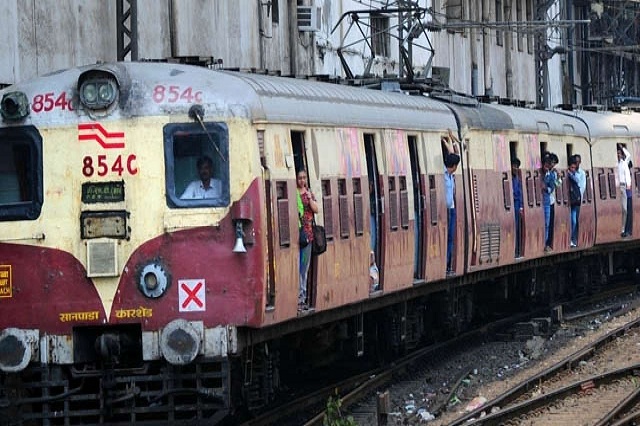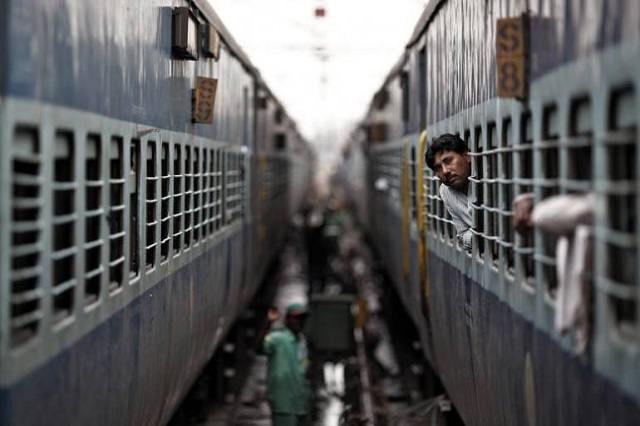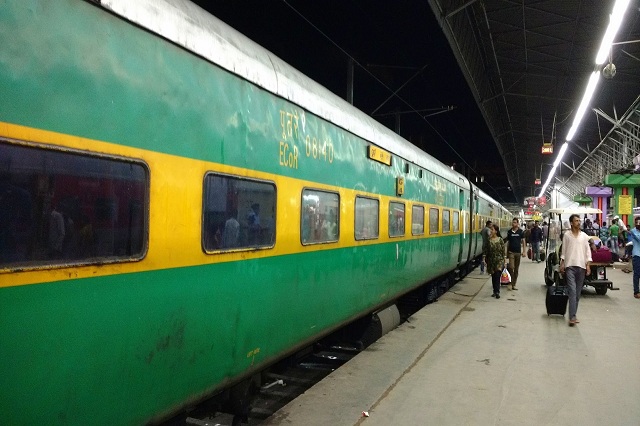Kerala Travel Mart, one of India’s largest tourism sector conclave of stakeholders from across the world is set to start its biennial meeting in Kochi on the September 27 for 4 days, concluding on September 30. The 10th edition of the event is being held while in the recovery stage from devastation caused by floods, is a message to the world that the state shall rise again.
The hotel Grand Hyatt at Bolgatty shall host the inaugural session of the four-day event. Organised by the KTM Society in association with the State Tourism Department, the event shall focus on resurging tourism, one of the major sources of economy on track after the natural devastation.
The KTM has received an overwhelming response with confirmation as registered participants from 395 overseas buyers and 1,095 domestic buyers form 73 countries.
The KTM has received an overwhelming response with confirmation as registered participants from 395 overseas buyers and 1,095 domestic buyers form 73 countries.
Since its inception and each of its editions, the Travel Mart has served as a strong platform to showcase the might of Kerala, the time-tested as well as new products and services. Bringing together people from all over the world under one roof- reputed buyers and sellers, and tour operators, the mart offers establishing and growing firm business links.
Delegates at the 2018 KTM by the State Government proposes to launch new products that include Malabar river cruise project that aims on nine rivers in north Kerala.
Recovering fast and steadily from the natural calamity, tourism is making a comeback. Furthermore, traffic to major destinations across the state beaches resumed. Travelers from around the globe are planning for holidays in the peak season and are seen making bookings.
As stated by Abraham George, former president and expert member of the National Tourism Advisory Committee, meticulous plans have been made to organize the event for the safety, security and comfort of participants. For accommodation more than 1,000 rooms have been booked in the top hotels in the city.
Recovering fast and steadily from the natural calamity, tourism is making a comeback. Furthermore, traffic to major destinations across the state beaches resumed. Travelers from around the globe are planning for holidays in the peak season and are seen making bookings.
As stated by Abraham George, former president and expert member of the National Tourism Advisory Committee, meticulous plans have been made to organize the event for the safety, security and comfort of participants. For accommodation more than 1,000 rooms have been booked in the top hotels in the city.
